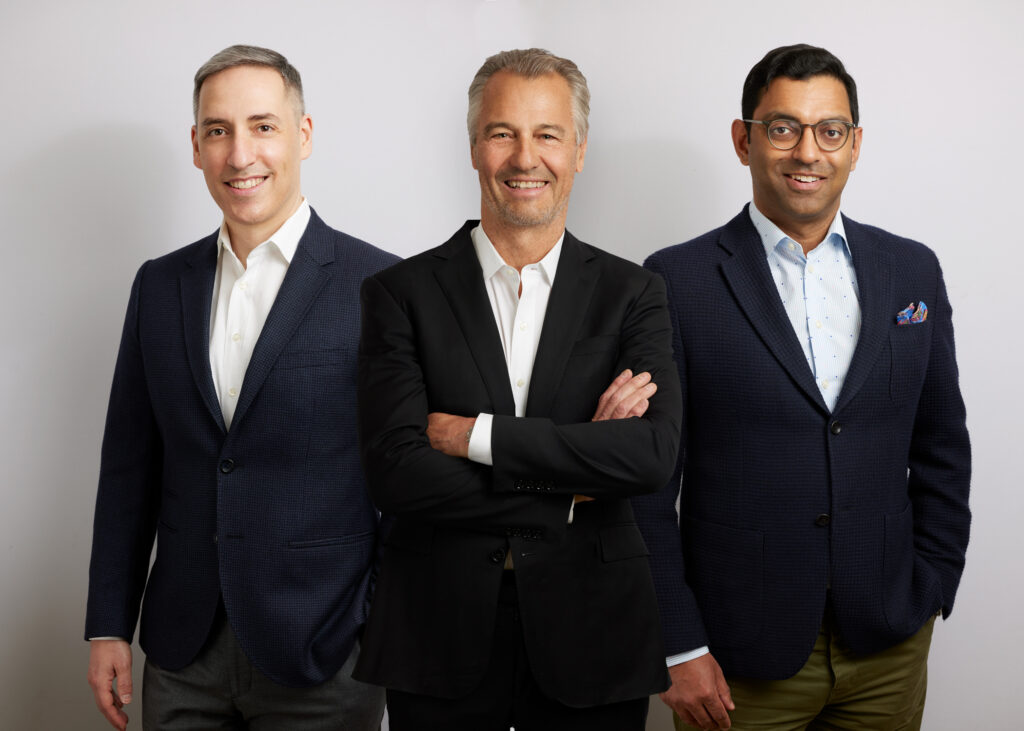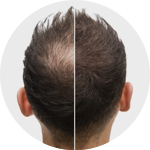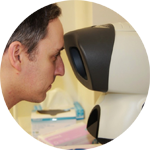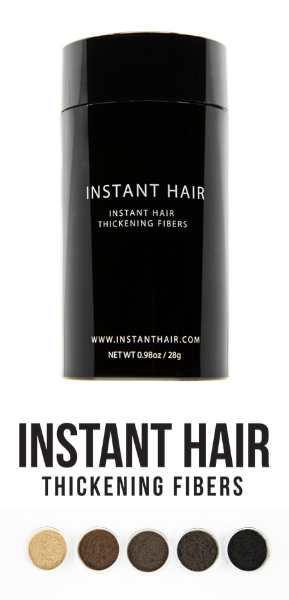In the past, as the names of these earlier procedures indicate, undergoing a hair transplant was a painfully unpleasant process. Men with receding hairlines and balding scalps often resorted to the unnatural-looking, and often ridiculed, toupee to avoid the pain, slow healing, and scarring of a transplant.
Because of this, the hair transplant business was staggering in the late twentieth century. Surgeons knew that hair restoration techniques needed to evolve.
Fast forward into the beginning of the twenty-first century…
Thousands of bad comb-overs and strip incision scars later, the new technique that hair restoration surgeons were waiting for was finally perfected. The hair transplant community eventually embraced follicular unit excision (FUE). Surgeons praised the method and potential patients were curious about it.
But what exactly is follicular unit excision? And is it more effective and beneficial than older methods of hair transplantation?
